On the third evening of Fastnacht in Mainz, I mustered up the energy to leave my apartment and head into town. I had spent most of the day recovering from a brutal hangover after a night of debauchery.
Just two nights of celebration in, my voice was already hoarse and I wasn’t sure I could croak out the jovial greeting Helau! ever again.
Still, I dragged myself (and my husband) out in the name of cultural exploration. Passing Schillerplatz, home of the famous Carnival Fountain and the epicenter of the week’s festivities, we saw groups of rowdy young revellers dressed in animal jumpsuits.
The festival’s ubiquitous party culture was frankly getting a little overwhelming, but recalling the centuries of history behind Fastnacht and its label as the region’s “fifth season”, I was determined to experience some real tradition.
SEE ALSO: Inflated pigs bladders vs. jesters: The difference between Fastnacht and Carnival in Germany
A long tradition
Mainzer Fastnacht is one of the oldest and largest Carnival celebrations in Germany, but what truly differentiates it are its political underpinnings, from costumes designed to poke fun at Napoleon’s French soldiers to parade floats infused with political satire. Knowing the current climate of the EU, I was curious to see how this would take shape at Fastnacht 2019.
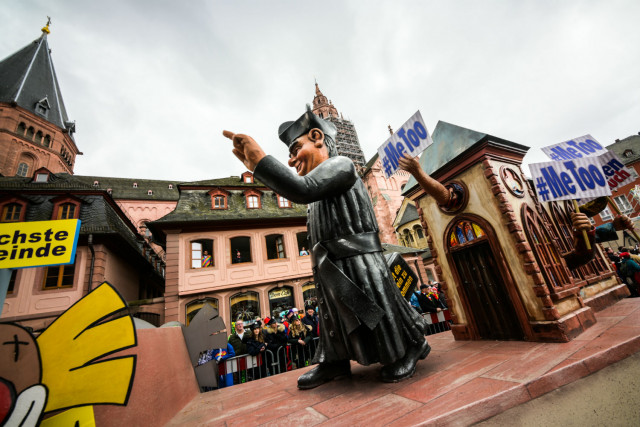
One of the many political floats in Mainz on Monday, provacatively depicting the abuse scandal of the Catholic Church. Photo: DPA
Our ears perked at the sound of a nearby marching band and we beelined toward it. Sure enough, a Fastnacht club — its members dressed in the typical red, white, blue and yellow attire — was parading past the Mainz Cathedral.
We followed until we arrived at some kind of gathering. Conversing in broken German and English, we learned it was a celebration of the Mainzer Ranzengarde, the oldest Fastnacht club in town. Members socialized, drank Weinschorle (the Rhineland-Pfalz version of a wine spritzer), and ate cold cuts on bread as children sang and danced. My husband and I turned to each other, satisfied; we’d finally gotten a glimpse of the “real” Mainzer Fastnacht.
Fastnacht first-timer
I’ll be honest — as an American expat and Fastnacht first timer, I went into the holiday rather unprepared. I had heard and read about Fastnacht clubs and exclusive parties, televised events, an influx of visitors from out of town, political satire-infused parades and an enigmatic obsession with the number 11.
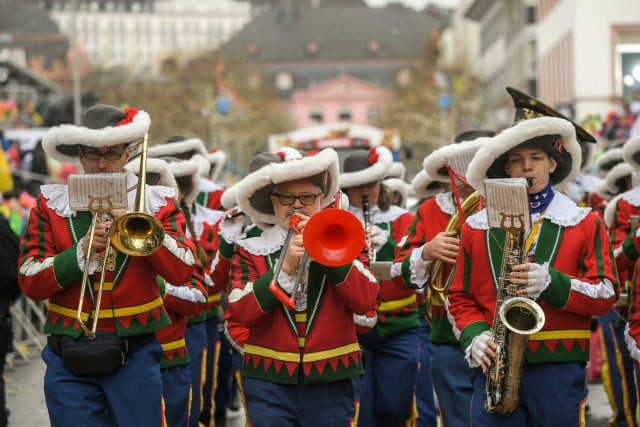
A marching band playing in the streets of Mainz on Monday. Photo: DPA
But the week before, I realized I hadn’t made plans or settled on a costume idea. (Luckily, budget costume retailers abound this time of year).
Until our chance encounter with the Ranzengarde, Fastnacht had seemed like an excuse for young people to party in uninspired costumes (see: animal onesies) and for older locals to indulge in a haze of colourful nostalgia. There were festive elements I appreciated, though.
The first day was the women’s carnival, and groups of girlfriends wearing matching witch costumes danced to live Schlager music alongside men with chopped neckties. I chuckled noticing the central statue of Johannes Gutenberg adorned with a fool’s hat; the attention to detail was fittingly on-the-nose.
A women's marching group struts down the street. Photo: Lyka Sethi
Unable to consume alcohol and heavy food all weekend without consequences, on day four I peeled out of bed and went to the gym. After a brief workout I found myself standing along the route of the Parade der Närrischen Garden, the Parade of the Foolish Guards.
Thousands of club members young and old marched, played music, danced and shouted Helau!. My husband and I happened to be standing by a local photographer who, in a blend of English and German, told us about each group that passed.
No one spared: A parade of politics
Our new friend led us back to the town centre to catch the Ausstellung der Motivwagen, a preview of floats that would be featured in the Rosenmontag parade on Fastnacht’s final day. These floats displayed masterfully crafted caricatures of politicians in cheeky vignettes; from Angela Merkel to Queen Elizabeth to Theresa May, no public figure was spared.
I would be remiss not to mention my favourite, which depicted Donald Trump as a bull passing gas onto a globe. It was a tad funny to see people unabashedly wearing politically incorrect costumes against the backdrop of these self-aware, inventive pieces of art.
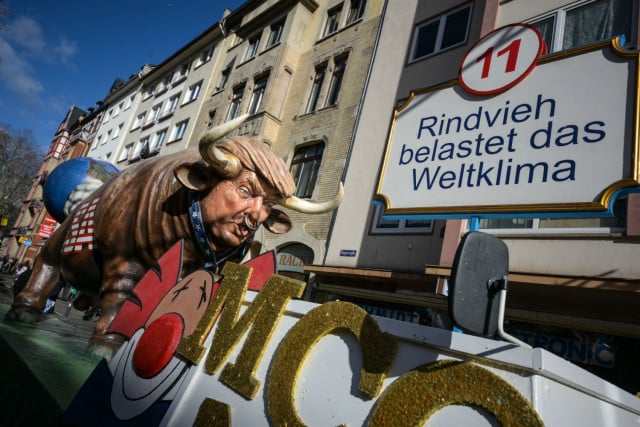
Trump parading down the streets of Mainz. Photo: DPA
Rosenmontag, renowned as the highlight of Fastnacht, entails a lengthy procession of floats and people through the city. The parade began promptly at 11:11 AM per tradition, despite an unfortunate weather forecast.
SEE ALSO: Storms threaten Carnival celebrations across west Germany
Howling wind, sporadic rainfall and intermittent blue skies matched the day’s excitement. Children lined sidewalks, hoping to catch candy tossed from passing floats. A cacophony of competing sounds filled the air. Traditional Fastnacht floats complete with marching bands and confetti-shooting cannons contrasted those with themes like Star Wars and ABBA.
An intersection of old and new
Strolling home from a friend’s place, I let my mind wander. Bars filled up as people tired of standing out in the cold. Streets were littered with garbage, confetti floating on puddles of rainwater.
Savvy locals maneuvered the crowds, collecting bottles to exchange for cash. I watched as city workers stoically continued keeping things in order — true heroes! A seamstress worked away in her shop despite young party-goers poking fun through the storefront window.
I contemplated the marked absence of immigrant participation in such an outsider-friendly community: was this a matter of exclusion or cultural mismatch?
While I enjoyed the traditions of Fastnacht, ultimately I also appreciated the contemporary aspects, from the costumes and commentary to the intermingling of generations. Witnessing an intersection of old and new is what makes cultural experiences like this meaningful to me. I look forward to attending Fastnacht in a year, five years, maybe even ten, to observe what will change by then — and what won’t.
SEE ALSO: From Cologne to Cottbus: Where to celebrate Carnival in Germany


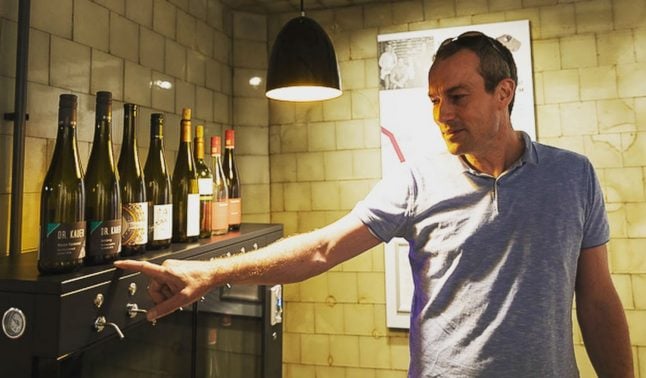
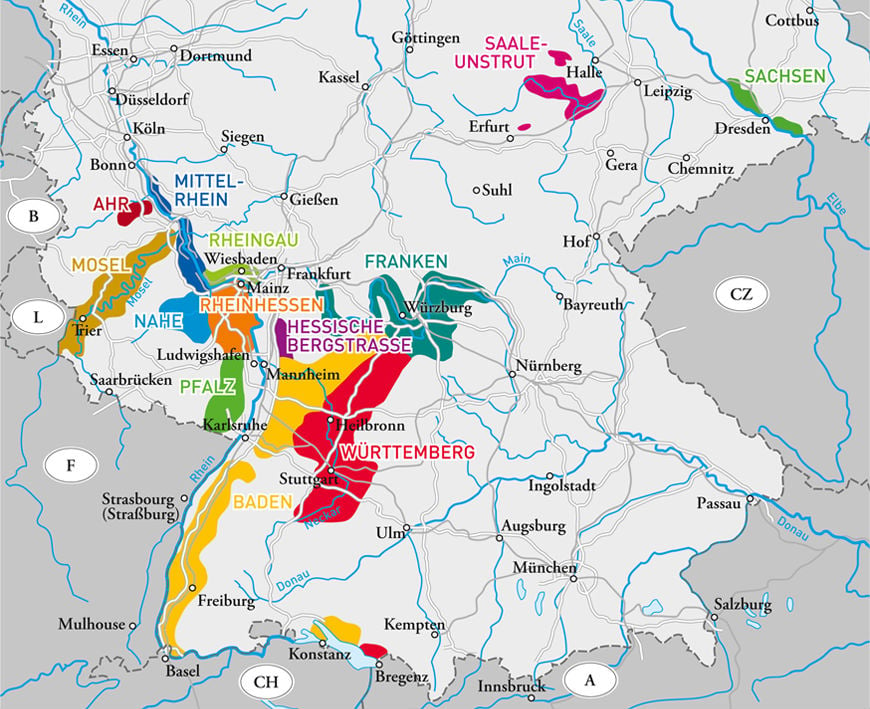
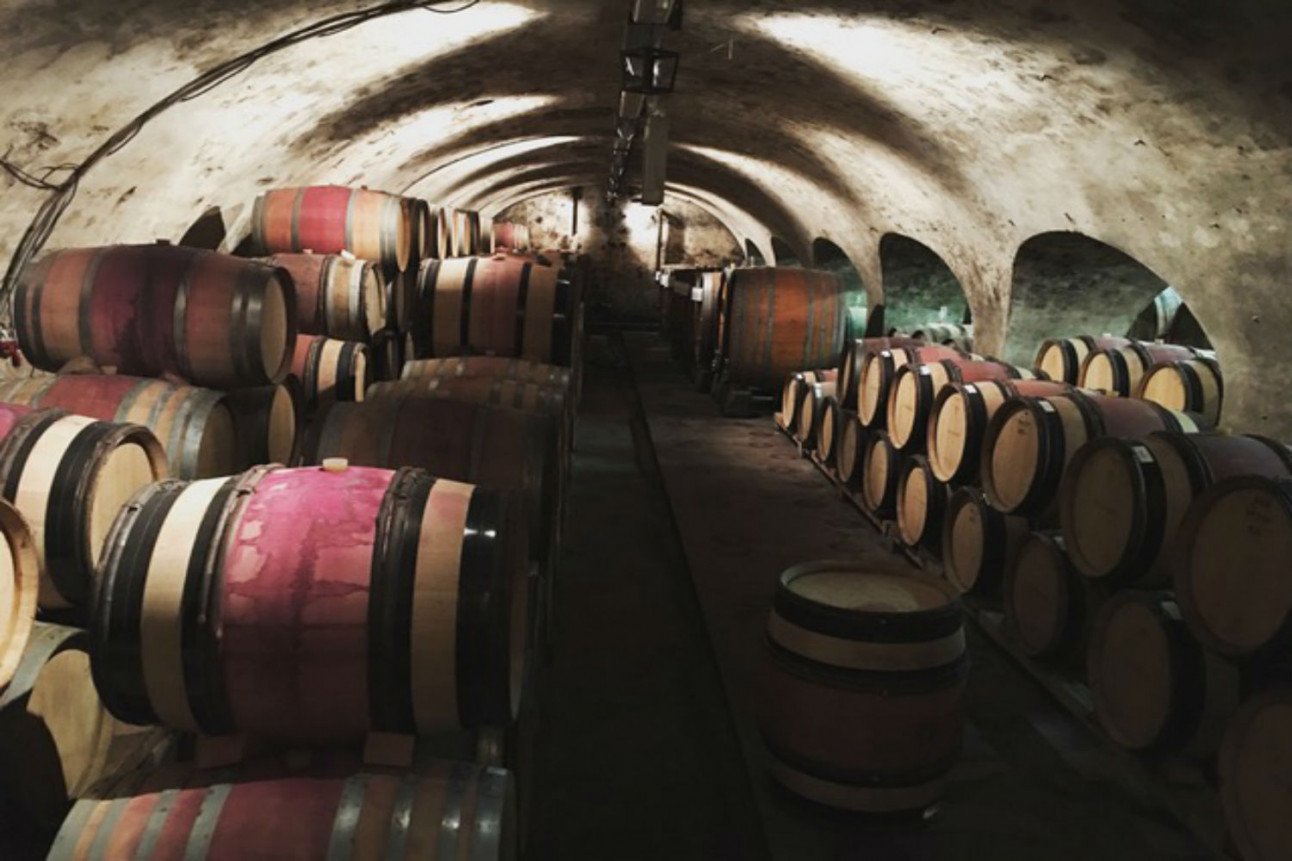
 Please whitelist us to continue reading.
Please whitelist us to continue reading.
Member comments